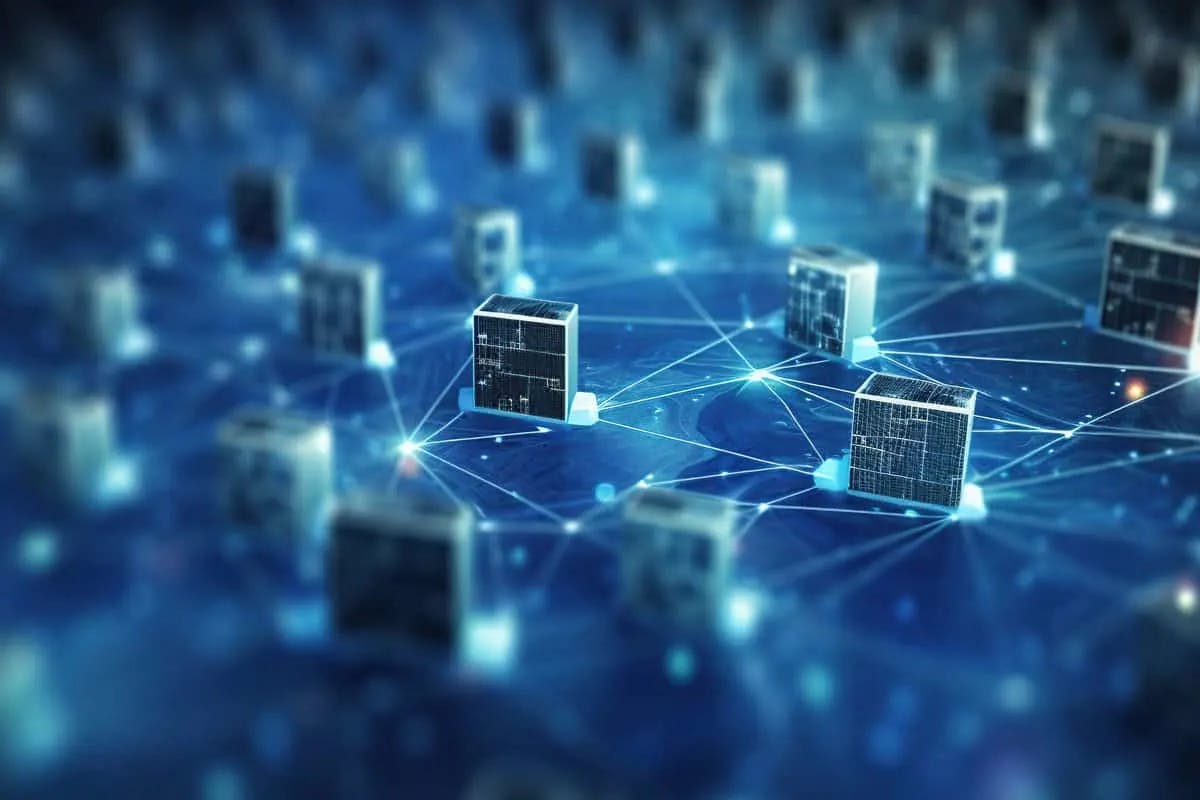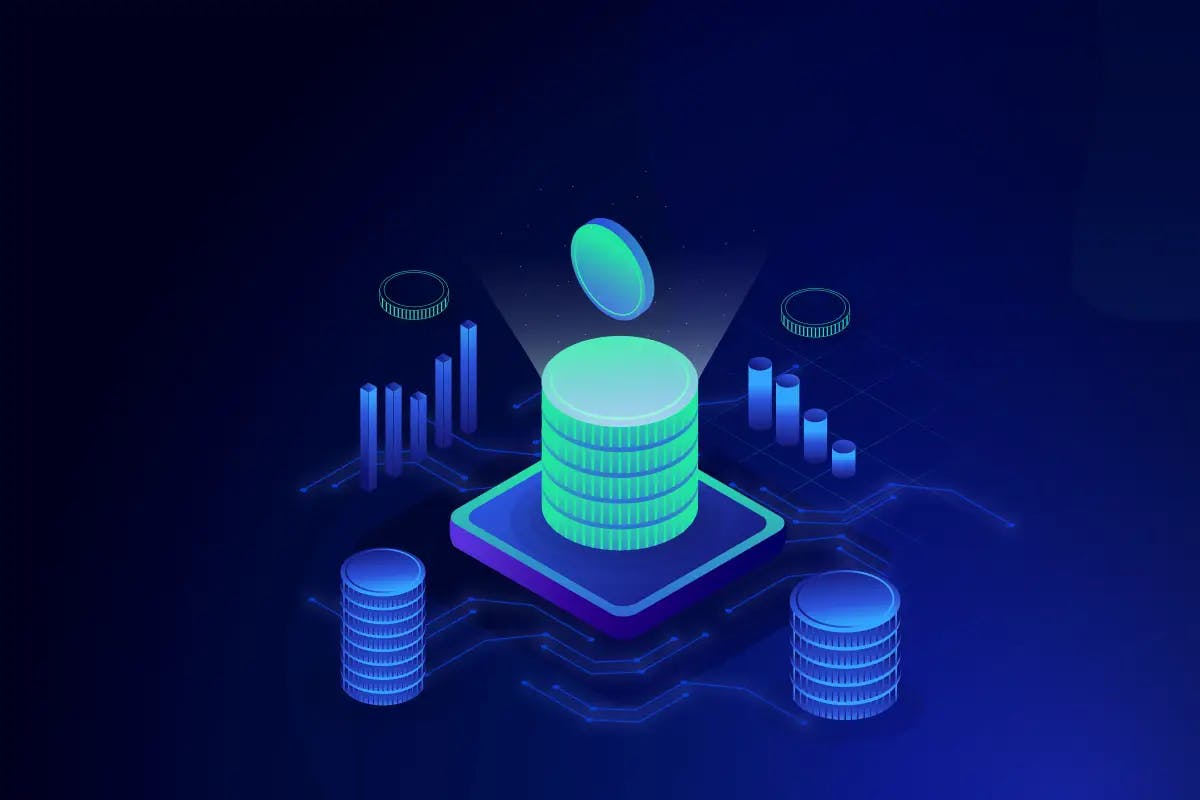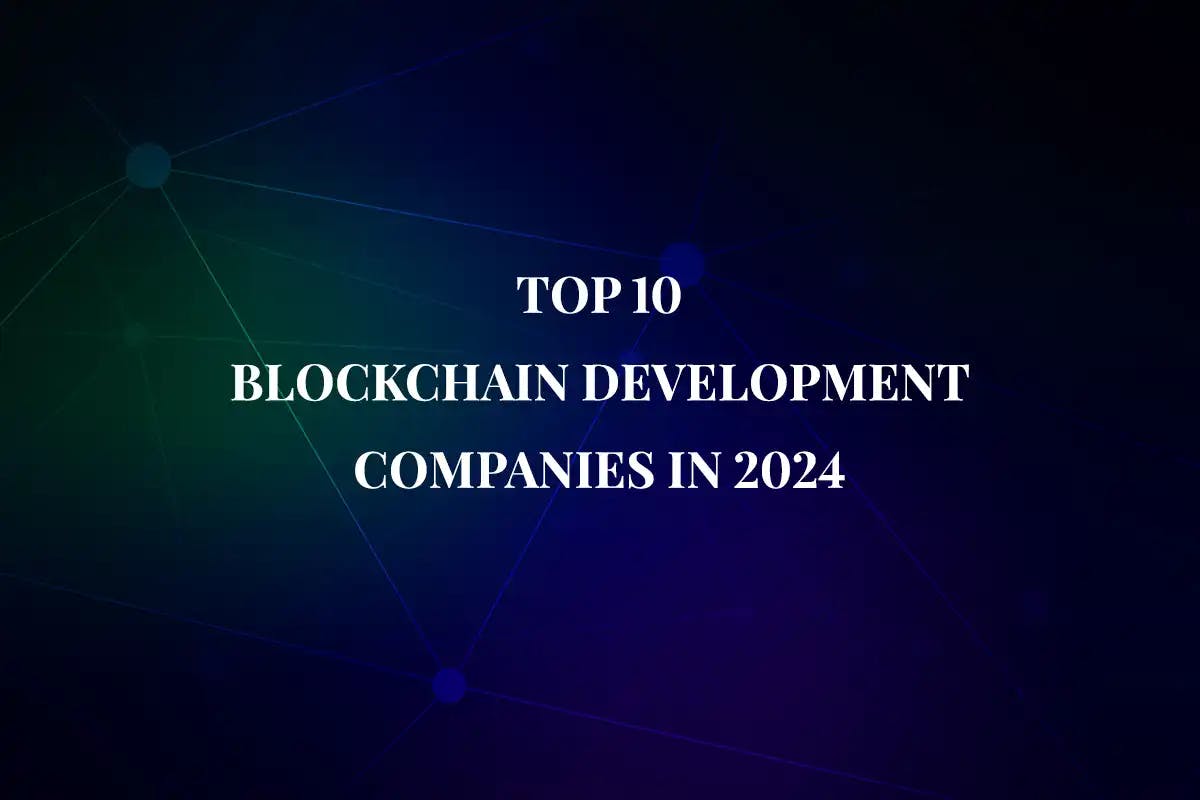


The blockchain world keeps expanding, introducing fascinating ideas like Decentralised Physical Infrastructure Networks (DePIN) and Real-World Assets (RWA). These two trends have been gaining traction as a way to improve communication, increase transparency, and streamline digital asset transactions. Although related, these concepts differ in their approaches and uses. When combined, they can provide exciting possibilities for digital asset transactions.
This article explores the details of DePINs and RWAs. We'll see how their unique strengths can work together, driving transparency, empowering users, and boosting efficiency in digital asset transactions.
Unlike cryptocurrencies, Real-World Assets (RWA) are digital tokens that represent ownership of physical assets like buildings, land, or investments like bonds. The process of making these assets into RWA tokens is called tokenization. It involves converting the rights to own a part of the asset into a digital token stored on a blockchain. This allows many people to own small parts of the same asset, making it easier to buy and sell.

The Real-World Asset (RWA) market's Total Value Locked surpassed $770 million in July 2023. This steady growth shows traditional finance and asset management firms are embracing blockchain. They aim to enhance liquidity, transparency, and flexibility through this innovative technology.
Multiple types of real-world assets can be tokenized. Let us explore some of such select cases:
DePIN aims to decentralize the way physical infrastructure networks are developed and managed. Historically, large corporations have dominated this space, leading to limited competition, higher costs, and suboptimal services for users. DePINs challenge this centralised model by enabling globally distributed individuals.

DePIN offers an innovative solution by combining blockchain, tokens, and decentralised control. This model empowers people to collaboratively develop and maintain vital systems, enhancing efficiency, and prioritising user needs. With DePIN, individuals unite to collectively build and manage essential infrastructure, exploring fresh possibilities for streamlined operations and tailored service delivery.

While DePINs and RWAs have their unique approaches, they share a symbiotic relationship that can amplify their collective impact. DePINs rely on the representation of physical assets and their associated data on the blockchain, which is where RWAs come into play.
The tokenization of real-world assets, facilitated by RWA initiatives, provides the necessary building blocks for DePINs to function effectively. By associating physical infrastructure, such as telecom equipment or energy generation units, with on-chain identities and data streams, DePINs can use the transparency, immutability, and composability of RWA tokens to create decentralised token economies.
This integration allows DePINs to establish a feedback loop where real-world activities, captured through the on-chain representation of physical assets, can directly influence on-chain transactions, token incentive distribution, and the overall governance of the decentralised network. The interplay between DePINs and RWAs enables the creation of more efficient, equitable, and user-centric physical infrastructure systems.
IoTeX plays a pivotal role in enabling the representation of physical devices and their data on the blockchain, making it a crucial infrastructure provider for companies seeking to integrate real-world assets into the digital world. One notable partnership exemplifying IoTeX's work with real-world assets is with Western Engineering, an Italian hardware and software company specialising in energy and microgrids. In Italy, where the government supports the creation of renewable energy communities (CERs), Western Engineering utilises IoTeX's blockchain technology to track energy exchanges within and between CERs and the grid. By using IoTeX's blockchain, Western Engineering can efficiently manage energy generation and consumption data, improving energy efficiency and reducing transmission losses.
Furthermore, IoTeX's collaboration extends to pioneering projects in the Decentralised Physical Infrastructure Network (DePIN) sector, partnering with organisations like DIMO, XNET, and Geodnet. IoTeX provides decentralised infrastructure, including the W3bstream middleware and the IoTeX L1 blockchain, specifically designed for real-world devices and their data. IoTeX also offers developer tools, such as mapping explorers and staking portals, to support DePIN innovation. Through these initiatives, IoTeX continues to lead in connecting real-world assets with blockchain technology, driving innovation and advancing the decentralised future.
The blockchain world keeps changing rapidly. Combining DePINs (decentralised infrastructure networks) and RWAs (real-world assets) could bring changes to many sectors like telecoms, energy, transport, and logistics. DePINs help build decentralised systems. RWAs allow tokenizing physical things and combining them in new ways.
Merging these two could create advanced Web3 apps linking the digital and physical worlds efficiently. The future looks bright for DePINs and RWAs teaming up. Their partnership could drive greater transparency, empower users more, and boost efficiency. This convergence may spawn brand-new business models, funding approaches, and enhanced user experiences. It reshapes how we utilise infrastructure and use assets by intertwining the physical and digital domains.
Codiste is a top blockchain development company providing both DePIN and Real World Assets (RWA) development solutions to start-ups, businesses, and entrepreneurs. Blockchain experts at Codiste have gained expertise in creating innovative and future-oriented solutions using DePIN and RWA to streamline development, improve communication, and so forth. Looking for a decentralised solution for your business, hire Blockchain experts from Codiste to connect the world of possibilities with future-oriented solutions!




Every great partnership begins with a conversation. Whether you’re exploring possibilities or ready to scale, our team of specialists will help you navigate the journey.